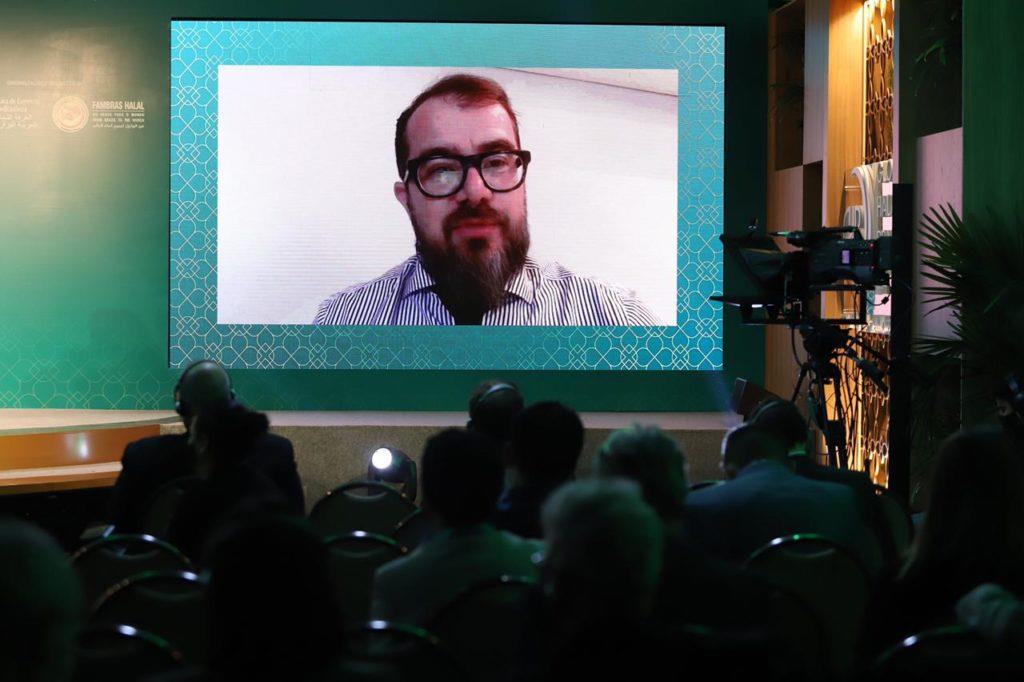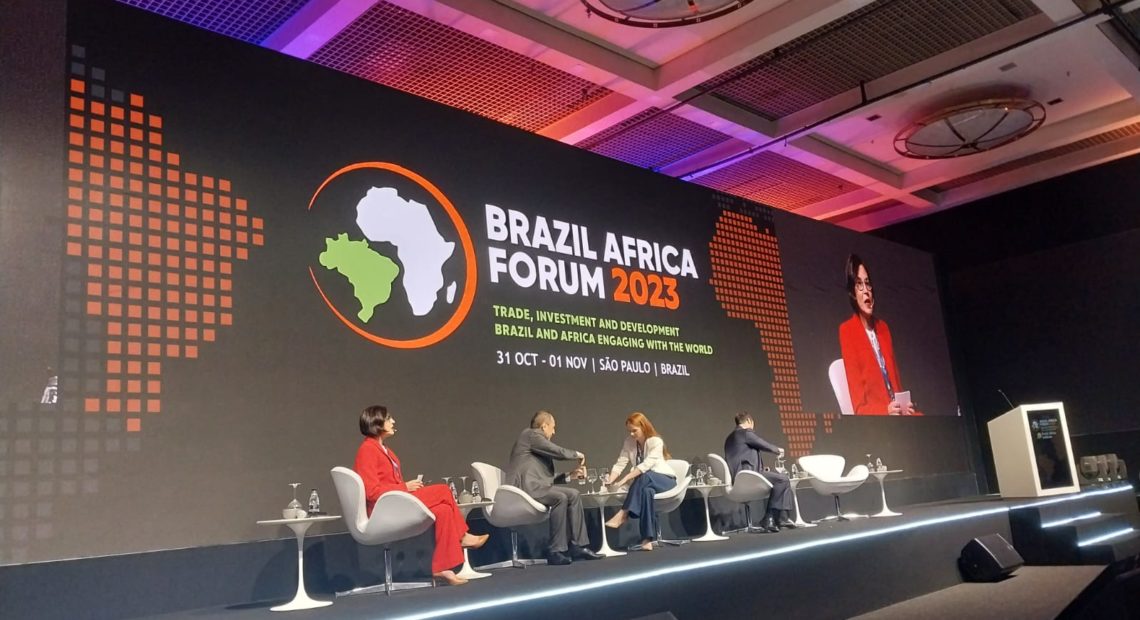 A new year is on the corner and you are determined to take your brand to the next level by tapping a new segment. But, the problem is that others have thought about the same thing and there are not many untapped mines left. So, where should you look? The Muslim consumers.
A new year is on the corner and you are determined to take your brand to the next level by tapping a new segment. But, the problem is that others have thought about the same thing and there are not many untapped mines left. So, where should you look? The Muslim consumers.
Why? Because it is a huge population and their faith shapes their life, even consumption choices. The world’s Muslim population is now at 1.8 billion and rising every day. This market is estimated to be worth $2.1 trillion. And the movers and shakers of this market are young, futuristic, tech-savvy Muslims who are proud of their religion but incorporate modernity in their lives. Most importantly, they are ready to accept and spend on brands that respect their faith, if not fully conform to it.
Most of the current brands are not fulfilling the needs of the Shariah conscious Muslim consumers all over the world. One example will illustrate this point. The US Census Bureau reported that there were an estimated 6 million American Jews in 2008, while Zogby International estimated the number of Muslims to range up to 7 million in that same year, and yet a Muslim lifestyle network has stated that for every halal product in the US there are 800 kosher products! Muslims all over the world are wishing for brands that would be sympathetic to their Sharia and this is the time to cater to their needs.
Ogilvy Noor, the Islamic Branding division of world leading advertisement firm Ogilvy and Mather, defines Islamic branding for Muslim consumers as “branding that’s empathetic to Shar’iah values, in order to appeal to the Muslim consumer, ranging from basic Shar’iah-friendliness to full Shar’iah-compliance in all aspects of a brand’s identity, behaviour and communications.” According to this firm, core Shar’iah values and its compliance resonate with majority of the Muslims irrespective of their geographic location, age, gender, culture or degree of religious practice. Shar’iah is not limited to fiqh (law) only, but also includes values such as: honesty, respect, kindness, peacefulness, discipline, modesty, unity and dignity which are an integral part of the Islamic faith.
Muslims have the money in their wallets to buy your products and it is increasing at a rate of almost US$ 1.4 billion daily (US$ 500 billion annually). DinarStandard, a growth strategy research and advisory firm, estimates that the aggregate American Muslim disposable income in 2013 was $98 billion. Fortune 500 companies like Nestle, Citi NA, McDonalds, and Coke, are all aware of this and have made significant investment in order to provide Halal products in specific Muslim countries. Brands that actually went on to serve the Muslim consumers didn’t return empty handed. Rather they were rewarded for their timely operations. A study conducted by The Economist in 2012 showed that over 50% of businesses who provided to the Muslim consumers got an “annual growth in revenue of at least 5%, while 34% are registering higher than 15% growth. The same participants are confident about the future: over 60% of respondents foresee at least 5% growth in three years, while 43% envisage growth in revenue higher than 15%.”
For instance, India has taken a few steps to capture the market keeping the Muslim women consumers in mind. This area is challenging as there is need to right balance between faith and beauty for Muslim women. They mostly fear that mainstream cosmetic products might have alcoholic substances or by-products derived from animals forbidden by Islam. Makeup might also impede’wudu’, the procedure of washing performed before the prayers. Conquering these issues, a Gujarat-based start-up has launched a halal cosmetic range which is the first of its kind in India and their products contain only vegetable and fruit extracts. They have also expressed that the products are also wudu-friendly because they can be washed away quickly with water. Halal makeup is another fast-growing consumer segment. According to the research firm TechNavio, the global halal cosmetics and personal care market is valued at $18.33 billion. Other countries of Asia are also recognizing the huge demand for halal cosmetics thanks to a fast-growing Muslim middle class.
Re-branding is also a viable path to take for some of the brands in the market. Because it is possible that some of the existing brands are actually friendly to Muslims and all it needs is proper communication and halal certification. Or it may need a small change, maybe an adjustment in ingredient, not affecting the quality or cost. Next thing is to spread the word about it and it doesn’t necessarily need a lot of shouting. Simple and well documented halal status is the key. For small changes like this, brands can have enormous gains.
However there are some challenging aspects when it comes to entering the market of Muslim consumers. Lack of awareness and proper knowledge are the two basic problems. Also brand owners needs to develop a strong brand based on the ethics and values important to Muslim consumer group. If a company understands that an Islamic brand is primarily based on the ethics and values of Islam, they have won half the battle. Muslim consumers should be targeted through a core product brand that stands up across a variety of markets. Therefore, it is important to develop a broad range of products that are unanimously acknowledged by Muslims population.
It should be mentioned that, as we discuss the Halal market or the products’ market which are based on Muslim value system, it also goes beyond the global Muslim population. It has also attracted the non-Muslims consumers due to its perceived quality, health benefits and well-recognized good values. Non-Muslims are also inclining towards the Islamic Financial system because its core values – just equitable sharing of risk, and discouragement of excess leverage. Value propositions targeted for such market should be designed in a way that will appeal to both Muslims and non-Muslims alike to move the addressable market from 1.8 billion Muslims to the full global population of 7 billion. In the context of Bangladesh there is also a portion of untapped market of Muslim Consumers. We have seen the products in the Financial System getting customized according to the Islamic Values but we are yet to see other industries capitalize on this opportunity. Muslim population is around 89% of the total population of 160 million of our country. Businesses can now decide either ways by taking this data for granted or see this as a prospect.


:quality(70)/cloudfront-eu-central-1.images.arcpublishing.com/thenational/WC6UPQPLY5ECVKFOCP6WHWV3XU.jpg)
